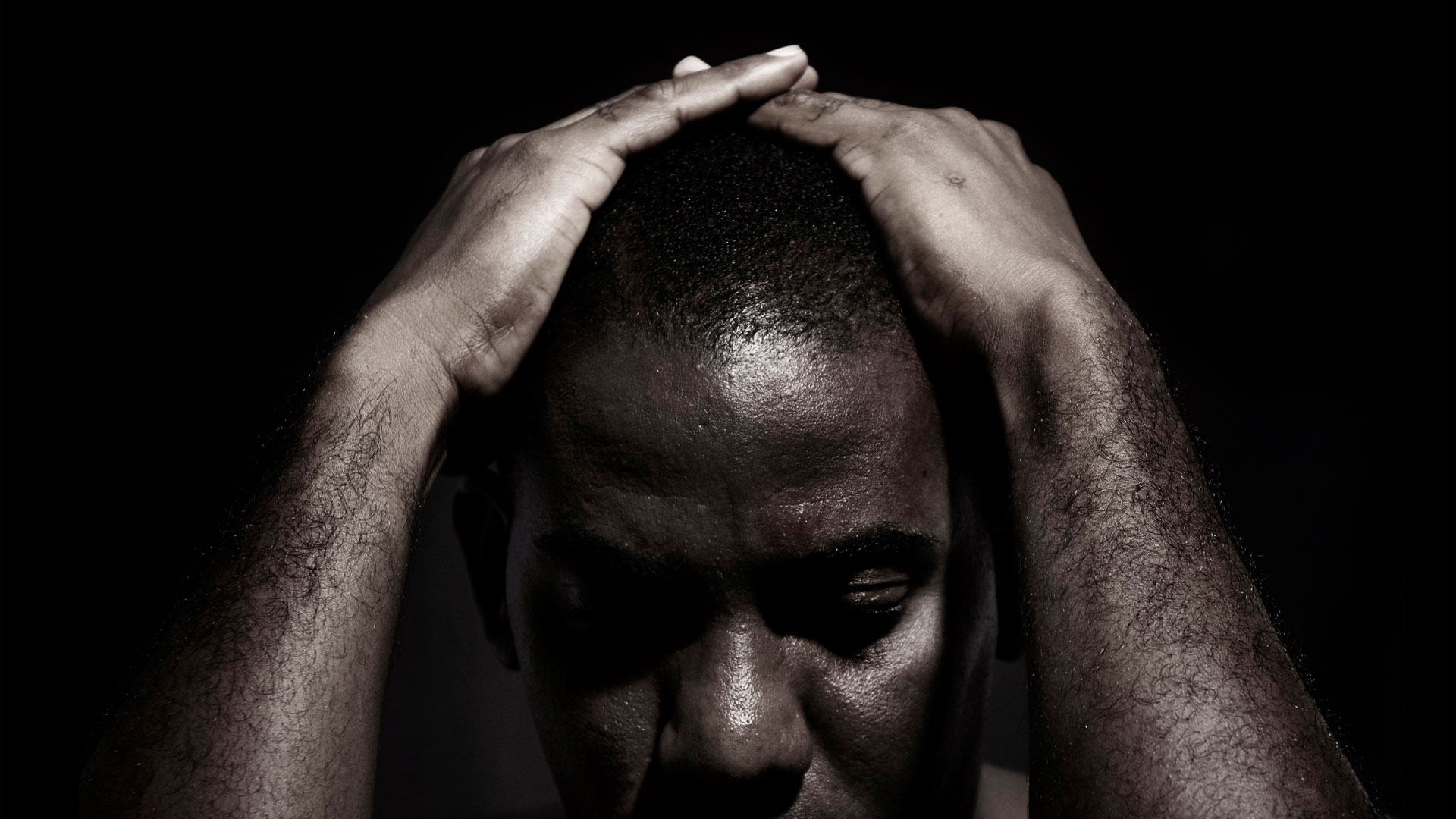The Baha’i teachings offer a profound and transformative perspective on community and suffering, emphasizing the interdependence of humanity. At the heart of this belief lies the understanding that individual trials and tribulations are not solely personal burdens, but rather collective challenges that demand a communal response. This article elucidates the Baha’i view of suffering, elaborating on the notion of suffering together as a catalyst for unity, compassion, and spiritual growth.
To embark upon an exploration of suffering from a Baha’i perspective, we must first unravel the intricate tapestry of community itself. Community, within Baha’i thought, is not merely a geographical or social construct; it is a spiritual organism, comprising diverse individuals whose collective essence mirrors the oneness of humanity. Each member is a thread in this fabric, contributing unique colors and patterns. The Baha’i teachings emphasize that the strength of this community lies in its ability to endure suffering together, creating an environment where mutual support becomes an inherent value.
In examining the nature of suffering, the Baha’i faith encourages its adherents to reconceptualize their understanding of pain and hardship. Suffering is often viewed through a lens of negativity, yet Baha’i teachings suggest that it is through the crucible of adversity that the soul is refined. The metaphor of a diamond, forged under immense pressure, brilliantly illustrates this point. Just as a diamond emerges from the depths of the earth after enduring significant stress, so too can individuals rise above their tribulations, emerging stronger and more radiant.
Baha’is are taught that personal suffering holds the potential for collective healing. When individuals grapple with their own afflictions, they often find resonance within their community members who experience similar challenges. This shared vulnerability fosters empathy and solidarity—a bond that can inspire collective action and transcend superficial differences. It echoes the adage, “shared sorrow is half the sorrow,” an invitation to lean on one another in moments of distress, thereby transforming individual suffering into a source of communal fortitude.
Moreover, the Baha’i approach underscores the significance of compassion and service in alleviating the burdens of others. Compassion, viewed as the highest form of love, compels individuals to recognize the suffering of their neighbors and respond with kindness and action. The act of serving others becomes a pathway through which personal suffering can be mitigated, leading to a deeper understanding of shared human experiences. In this way, the Baha’i teachings advocate for an active engagement in addressing societal issues, thereby transforming community suffering into collective resilience.
Importantly, the Baha’i view of suffering extends beyond mere earthly concerns; it encompasses a spiritual dimension. The trials faced in life are perceived not just as hindrances but as integral to the soul’s journey towards maturity and enlightenment. This is encapsulated in the metaphor of the garden, where every thorn and blight serves a purpose in fostering growth. The experienced believer comes to appreciate that each setback is a lesson, each heartache a stepping stone towards spiritual fulfillment. To suffer is to be alive, to be in communion with the broader arc of human experience, and to cultivate virtues that deepen one’s connection to the divine.
The Baha’i faith posits that in the face of suffering, individuals are called upon not only to seek comfort but to actively create spaces of healing within their communities. This calls for initiatives that foster dialogue and understanding, allowing diverse voices to share their stories of sorrow and triumph. Through such collaborative endeavors, communities not only confront suffering, but also transform it into opportunities for growth and unity. Whether through organized service projects, support networks, or artistic expressions of pain and joy, the Baha’i teachings inspire active participation in the co-creation of healing environments.
Furthermore, the Baha’i framework encompasses an awe-inspiring vision of the world as a place of continuous evolution, where suffering is a catalyst for social change. It prompts adherents to engage in the betterment of society, advocating for justice and equality. Such engagement is a recognition that to alleviate the suffering of one is to alleviate the suffering of all—a profound testament to the interconnectedness of humanity. Herein lies the remarkable appeal of suffering within the Baha’i context: it becomes a shared endeavor, a call to collective human dignity that transcends geographical and cultural divides.
In conclusion, the Baha’i perspective on suffering offers a nuanced understanding that intertwines individual and collective experiences. It presents an alluring metaphorical landscape where suffering is not an isolated experience but a deeply communal one—a shared voyage that can enrich the spirit and foster unparalleled connections among individuals. To suffer together is to cultivate a profound awareness of our shared humanity, to embrace the sacred responsibility of alleviating one another’s burdens, and to recognize that together we can embark on a path toward healing, love, and ultimately, the fulfillment of our highest potential. As such, the Baha’i view of community as a resolution to suffering invites all to engage in a flourishing collective journey toward harmony and hope.
